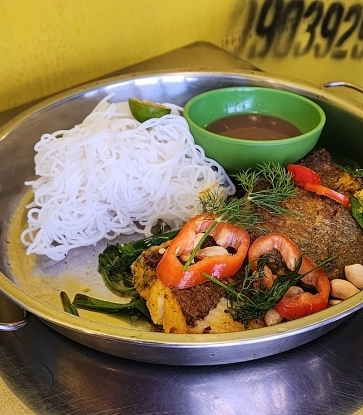Different cuisines adopt different practices for preparing stock, and it’s mainly used as a soup base rather than for direct consumption. Depending on the method of preparation, soup stock can also be divided into different categories such as "hair soup" and "milk soup." The highest level attainable for soup stock is to achieve a clear consistency, yet, at the same time, maintain fragrance and richness, and this is also the secret to success for many Chinese chefs.

"Good soup stock gives new life to different dishes," he says. "Therefore, in Chinese restaurants, soup stock is a necessity.".
At Tin Lung Heen, there are quite a few signature dishes that require soup stock. Take this Jinhua ham with top-grade bird's nest and grouper for example, which involves adding soup stock to soy sauce to make the bird's nest on the grouper taste fresher and sweeter.
Here, chef Liu shares his recipe for making soup stock.

1 portion of ham
1 portion of lean meat
1 portion of old hen
6 portions of water
A few dry longans
1. Half-cook the pork, so as to remove the pig's blood and other impurities first, and subsequently make the stewed soup stock sweeter and clearer.
2. Add water into the pot, and after boiling, add the half-cooked pork, as well as the ham and old hen.
3. Wait till the water is boiled again, then turn the fire level to small, and simmer for about 5 hours. Remember to simmer with slow fire. A big fire will cause the soup to bubble, and fail to achieve a clear consistency.
4. After 5 hours of stewing, the amount of soup stock will be reduced. At this point, add in the dry longans to remove the meaty odor.
5. After soup stock is cooked, sift using gauze, and it will be ready for use.
This article was written by Tang Jie and translated by Vincent Leung. Click here to read the original version of this story.





















